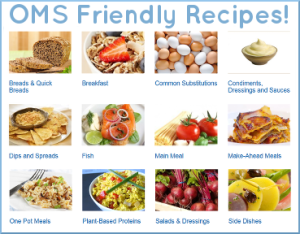
The grocery store can be a daunting place, with its seemingly endless aisles of food products and marketing messages that can make it difficult to know what to buy
However, with a little bit of planning and preparation, it is possible to navigate the grocery store and make healthy choices that will nourish your body and support your overall health. In this article, we will explore some tips for making healthy choices at the grocery store
Make a List and Stick to It
One of the most important things you can do to make healthy choices at the grocery store is to make a list and stick to it. This will help you avoid impulse purchases and ensure that you have everything you need to prepare healthy meals and snacks at home. Before you go to the store, take some time to plan out your meals for the week and make a list of the ingredients you will need. This will help you stay focused and avoid getting sidetracked by tempting but unhealthy foods.
Shop the Perimeter
Another key tip for making healthy choices at the grocery store is to shop the perimeter. This is where you will find fresh produce, meats, and dairy products, which are typically healthier options than the processed foods that are often found in the center aisles. By focusing on whole foods and avoiding packaged and processed foods, you can ensure that you are getting the nutrients your body needs to thrive.
Read Labels Carefully
When shopping for packaged foods, it is important to read labels carefully. Look for products that are low in saturated fat, added sugars, and sodium, and that are high in fiber, vitamins, and minerals. Pay attention to serving sizes and be aware that many packaged foods contain multiple servings per container. Additionally, be on the lookout for ingredients such as hydrogenated oils, which are unhealthy fats that should be avoided.
Choose Whole Grains
Another way to make healthy choices at the grocery store is to choose whole grains over refined grains. Whole grains are rich in fiber, vitamins, and minerals, while refined grains have been stripped of many of these important nutrients. Look for products that are labeled “100% whole grain” or that list whole grains as the first ingredient. This can include whole wheat bread, brown rice, quinoa, and oatmeal, among others.
Incorporate More Plant-Based Foods
Finally, consider incorporating more plant-based foods into your diet. This can include fruits, vegetables, legumes, nuts, and seeds, all of which are rich in fiber, vitamins, and minerals. Plant-based foods can help to reduce your risk of chronic diseases, promote healthy digestion, and support overall health and well-being.
In conclusion, navigating the grocery store and making healthy choices can seem overwhelming, but with a little bit of planning and preparation, it is possible to make choices that will nourish your body and support your overall health. By making a list, shopping the perimeter, reading labels carefully, choosing whole grains, and incorporating more plant-based foods, you can ensure that you are getting the nutrients you need to thrive.


